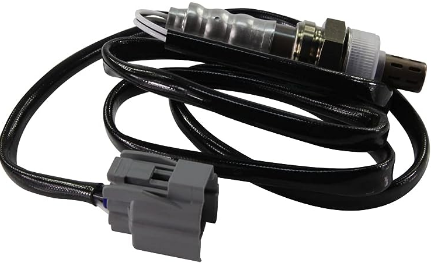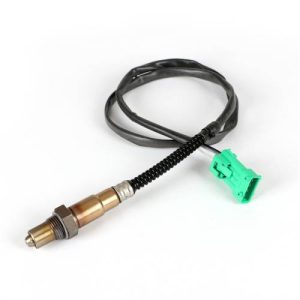Your cart is currently empty!
How do I know if my o2 sensor is working? Does the o2 sensor work?
Greetings to all automobile enthusiasts and curious drivers seeking to understand the intricacies of vehicle performance! Amid the complexity of modern automotive engineering, certain components hold sway in ensuring your vehicle operates at its optimal potential. One such component is the oxygen sensor—often abbreviated as the O2 sensor—a vital player in monitoring and optimizing combustion efficiency. In this article, we embark on a journey of discovery, answering two pressing questions: How do I know if my O2 sensor is working? Does the O2 sensor is working as expected? Join us as we delve into the nuances of this crucial component and learn how to gauge its functionality.

How Do I Know If My O2 Sensor Is Working?
The Role of the O2 Sensor
Before delving into diagnostics the O2 sensor is working, it's essential to grasp the role of the O2 sensor. This sensor is nestled within your vehicle's exhaust system and monitors the oxygen content in the exhaust gases. This information is relayed to the engine control module (ECM), which utilizes the data to adjust the air-fuel mixture for efficient combustion. A functioning O2 sensor is essential for optimal engine performance, fuel efficiency, and emission control.
Observing Engine Performance
Signs of a malfunctioning O2 sensor is working often manifest in engine performance. Pay attention to issues such as rough idling, poor acceleration, and increased fuel consumption. These symptoms might indicate an imbalance in the air-fuel mixture due to inaccurate data from the O2 sensor. Additionally, a warning light—commonly the Check Engine Light—illuminating on the dashboard could be a telltale sign of an O2 sensor issue.
Does the O2 sensor is working?
Diagnostics and Testing
To determine whether your O2 sensor is working operating optimally, consider the following steps:
Scan for Error Codes: Utilize an OBD-II scanner to retrieve error codes from your vehicle's ECM. These codes can provide insights into potential O2 sensor is working malfunctions.
Visual Inspection: Physically inspect the sensor's wiring for damage, corrosion, or loose connections. Damaged wiring can compromise the sensor's functionality.
Testing Voltage Output: With the engine running and fully warmed up, use a multimeter to measure the voltage output of the O2 sensor. A functioning sensor should oscillate between high and low voltages as the engine runs.
Professional Diagnosis: For accurate and comprehensive analysis, consider seeking the expertise of an automotive technician. They can use specialized tools to diagnose the O2 sensor is working's functionality and identify any underlying issues.
Conclusion
In conclusion, unraveling the enigma of your O2 sensor is working functionality is a journey that involves vigilance and diagnostics. By observing engine performance, conducting visual inspections, and performing voltage output tests, you can gain insights into whether your O2 sensor is working of operating optimally. Remember, a well-functioning O2 sensor is working integral to your vehicle's performance, efficiency, and emission control. As you navigate the intricacies of automotive technology, embrace the power of knowledge and diagnostics, driving on with the assurance that your vehicle's performance is optimized by the precision of a well-working O2 sensor.






Leave a Reply